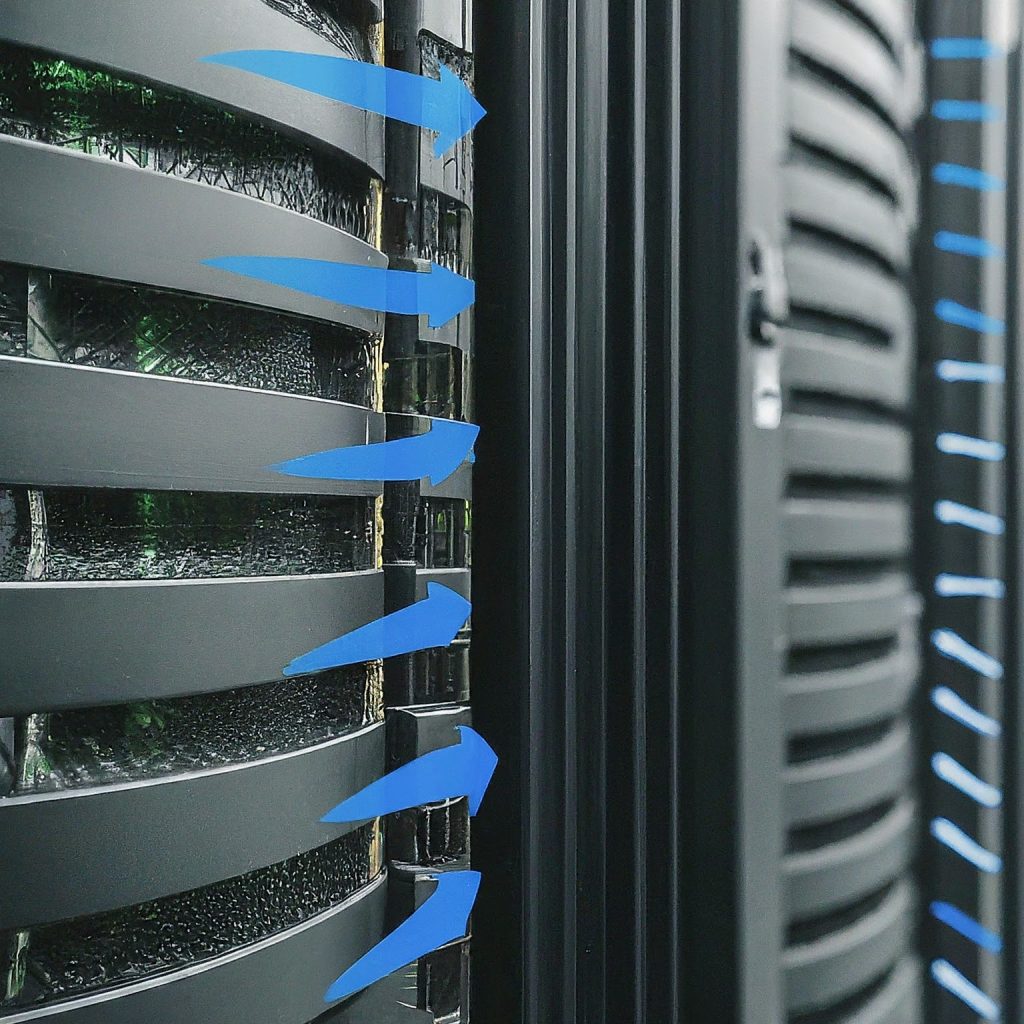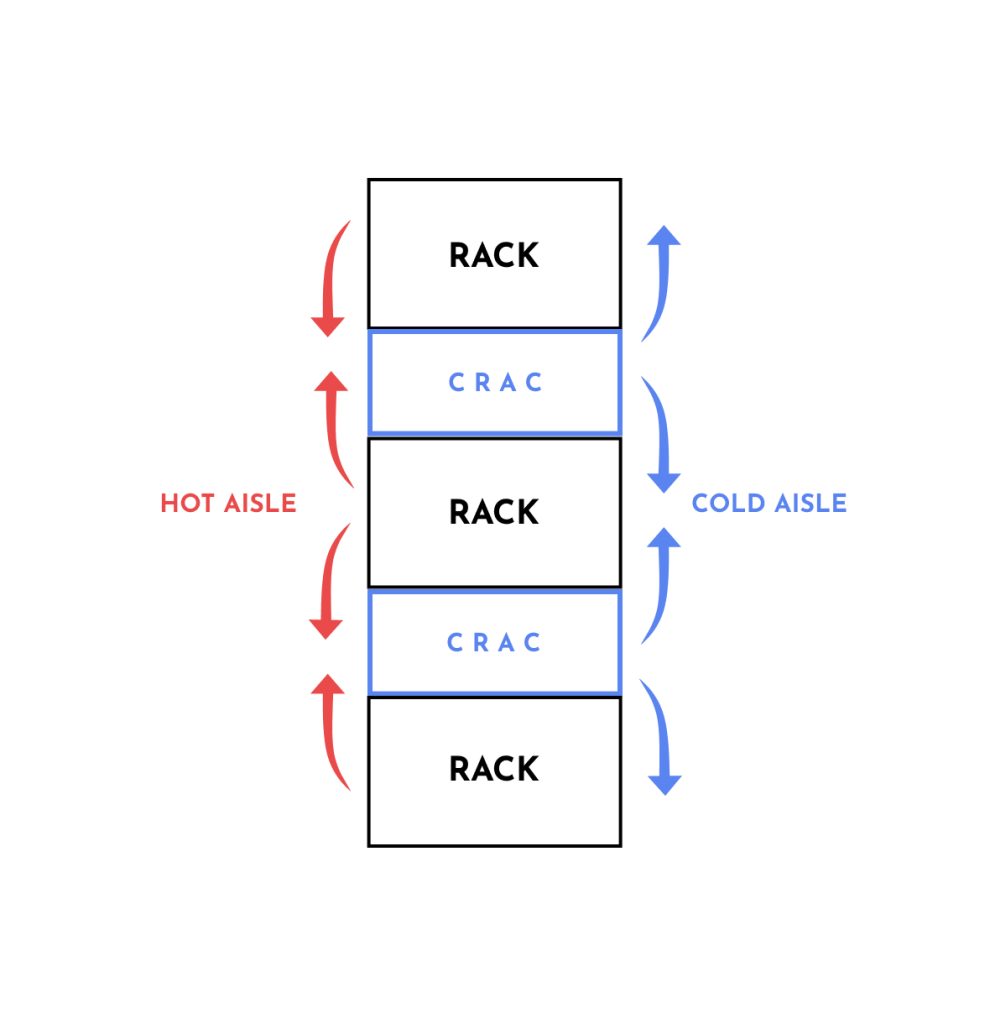Efficient cooling solutions are more important than ever as data centres continue to grow and accommodate ever-denser and more powerful server configurations. In-row cooling systems are one of the more effective and scalable options among the cooling technologies that are currently on the market.
In-row cooling: What is it?
Through the placement of cooling units inside server rack rows, in-row cooling systems are intended to meet the unique cooling requirements of high-density server environments. In-row cooling addresses heat directly at its source, providing more accurate and effective temperature management than standard room-based cooling, which disperses cold air from a central position.

Key Features and Components
Strategic Placement:
A server rack is positioned between two in-row cooling units. By positioning it closer to the heat-generating servers, this arrangement may maximise space and cooling efficiency whether it is hung above the floor or on the floor.
Airflow Management:

Managing airflow effectively is a critical component of in-row cooling. This usually entails a hot aisle/cold aisle arrangement
Hot air is released into the hot aisle and cold air is directed into the cold aisle in this configuration. Because of this configuration, cooling is effective as hot and cold air do not mix.
Air confinement: By using more confinement techniques, hot and cold air may be further separated, improving the cooling system’s effectiveness
Advantages of In-Row Cooling Systems
Enhanced Productivity:
Generally more energy-efficient, in-row cooling systems lower the total power consumption of the data centre by concentrating cooling efforts directly on hot regions
Better Thermal Control:
Closely integrating cooling units with heat sources lowers the possibility of hot spots and improves temperature regulation, guaranteeing that servers run within safe temperature limits.
Decrease in Cooling Latency:
In order to prevent overheating and preserve peak performance, heated air is swiftly drawn in and chilled by the cooling units’ close proximity to the server racks.
Conclusion
Data centre thermal needs may be effectively managed with the help of in-row cooling systems, which are a modern and effective solution. These systems are a desirable option for data centres trying to enhance their thermal management techniques since they offer focused, scalable, and energy-efficient cooling, ensuring dependable and sustainable operations. For servers that require constant cooling, in-row cooling may be the ideal option, regardless of whether you’re developing a brand-new facility or renovating an old one.
![]()
